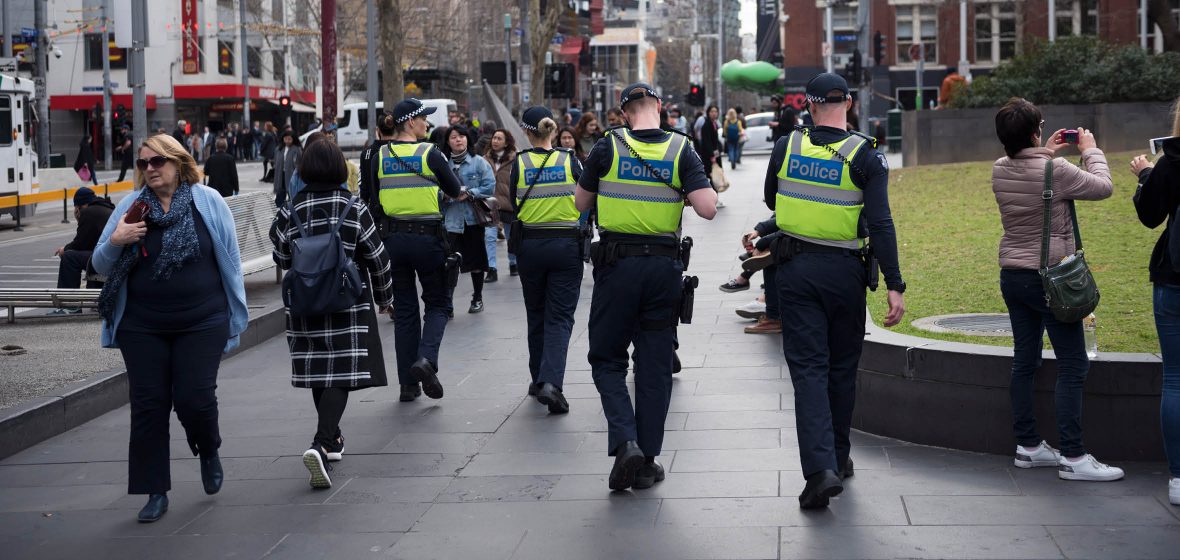Snapshot
- The case of Haidari v R [2015] NSWCCA 126 raised questions of what is opinion evidence and what is evidence of fact.
- In circumstances where the appellant was seen doing certain acts and recognised doing those acts in video footage, the CCA found such evidence was admissible as evidence of fact and did not fall within ‘opinion evidence’.
It is commonplace in the context of criminal trials for a witness to give evidence based on what she/he saw from footage shown or from a photograph depicting a particular person or persons. The evidence must, firstly and most importantly, be relevant (Evidence Act 1995 (NSW) (‘EA’) ss 55, 56).
Courts, however, are routinely asked to determine what is the ‘primary evidence’ given by a witness. For example, is the primary evidence of a witness what s/he perceived, or is it the conclusions drawn by a witness after viewing film footage?
Haidari v R
The case of Haidari v R [2015] NSWCCA 126 raises, inter alia, relevant questions concerning what is opinion evidence versus what is direct evidence of a fact.
The appellant, was charged with an offence of riot under s 93B of the Crimes Act 1900 (NSW). He stood trial before a jury in 2013 with a number of other alleged co-offenders related to a protest at Villawood Detention Centre in April 2011. He was convicted and sentenced by RA Hulme J to a term of imprisonment for one year and ten months with a non parole period of one year and two months ([2013] NSWSC 871). During the trial, a witness, Officer Kinner (‘Kinner’) who had been employed as a client officer at Villawood, gave evidence that he had known the appellant from his duties at the centre and that he saw the appellant doing a number of things on the date in question (including, but not limited to, removing and throwing tiles from the roof) which lead to the riot charge. He also gave evidence of what he saw from ABC footage shown to him after the alleged incident. From that footage, he opined that he recognised the appellant engaging in the riotous behaviour.
Counsel for the appellant pressed two grounds of appeal. Firstly, that the evidence given by Kinner at trial was opinion evidence and that its admission gave rise to a miscarriage of justice. Secondly, that the jury’s verdict, was therefore unreasonable as the evidence was based on his belief that the person he identified was the appellant. Counsel for the appellant, in cross examination of Kinner, raised the possibility of the recognition of the appellant being a case of mistaken identity. This, ultimately, was not accepted by the jury.




